How Artist Richard Fleischner’s Focus on the Simple Things Reveals a Quietly Heroic Sensibility
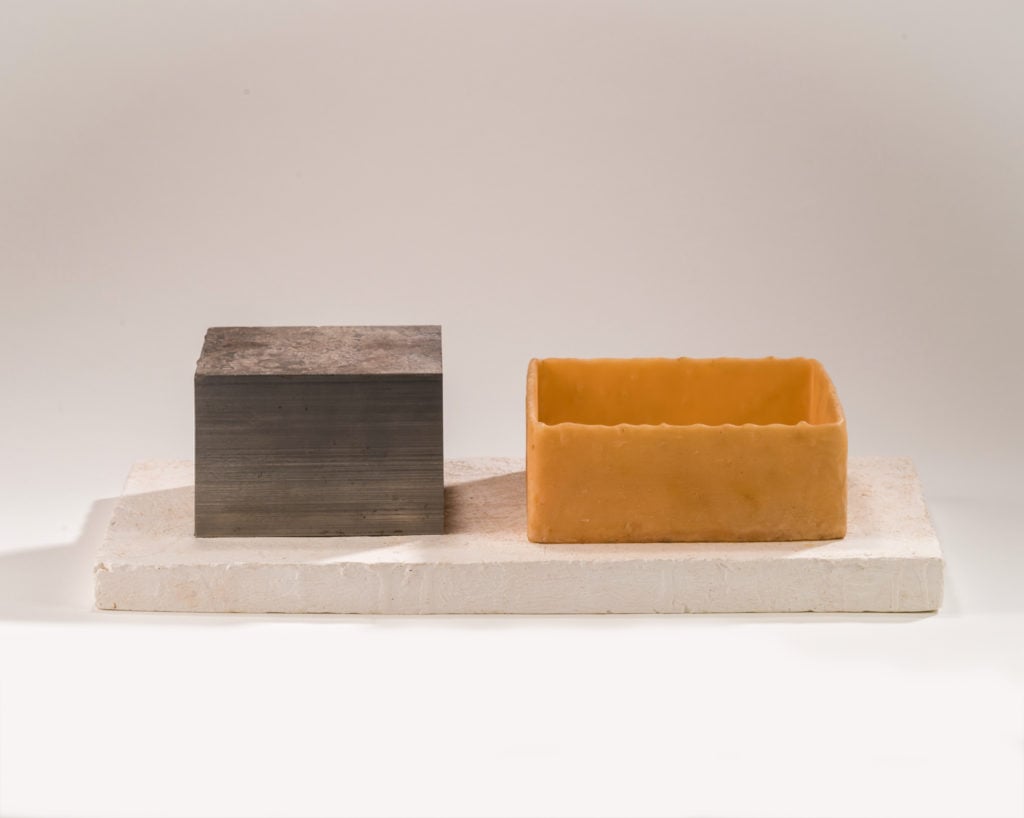

Artnet Gallery Network

Though visitors will find nary a figurative work in “Witness Mark,” Richard Fleischner’s first solo show at Helwaser Gallery in New York, the human body is quietly everywhere in the proportions and arrangements of the works on view.
This isn’t accidental.
“Fleischner believes in absolute truths based on human proportions that can and should be utilized in the making of art, and that have shaped many of the great cultural artifacts in human history,” says Jennifer Gross, who penned the exhibition’s catalogue essay.
In his over five-decade-long career, Fleischer has tackled a wide range of media, from sculpture to drawing to photography. He is well regarded for his large-scale site-specific sculptures, which have been displayed in cities, parks, and woods internationally.
His totemic, Stonehenge-like La Jolla Project on the campus of University of California, San Diego, which is composed of slabs of granite and references ancient architecture, is particularly admired.
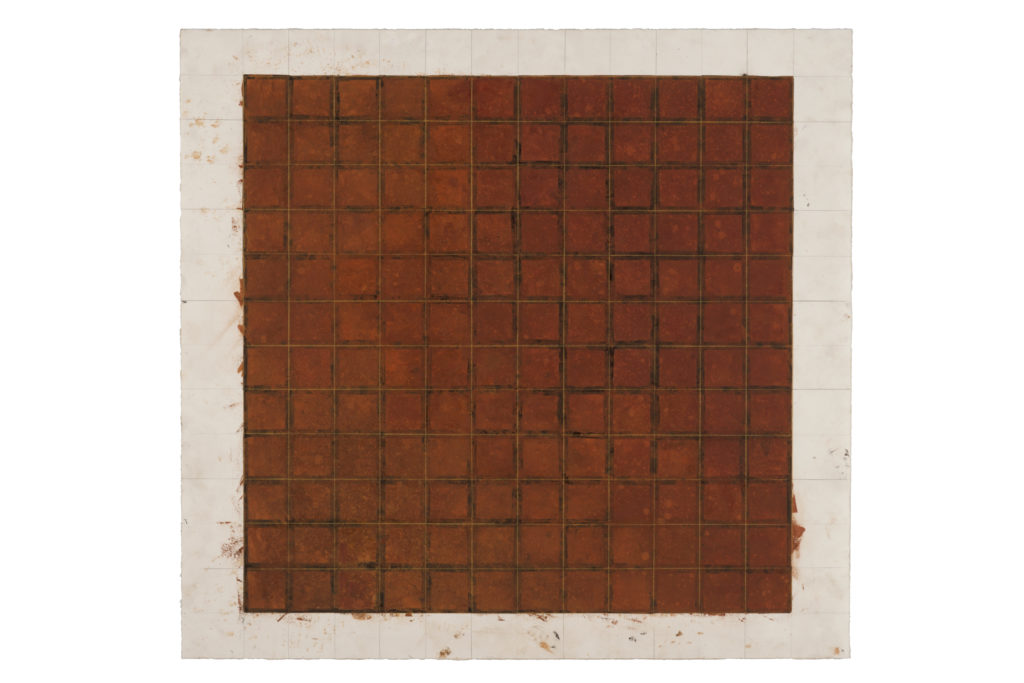
Richard Fleischner, Untitled Gouche (2018). Courtesy of Helwaser Gallery. © Richard Fleischner.
In “Witness Mark,” Fleischner addresses the same concerns as he does in his site-specific sculptures—the relationship between architecture, space, and the body—but brings the issues down to a more intimate scale through gouaches, drawings, smaller sculptures and photographs.
In his works, Fleischner creates small divisions and multiplications of space, be it with a line or a pencil or in the form of a sculpture. These are his ways of ordering space, and of investigating—and revealing—how perception and the physical world interact.
But what he exalts most of all in these works, it seems, is the simplicity of the everyday. In stripping things down and focusing on squares and rectangles inspired by simple plinths, sidewalks, and tiled floors, he makes a kind of heroic return to basics. His works allow viewers to feel situated, even briefly, in a world full of noise.
See images from “Richard Fleischner: Witness Mark” below.
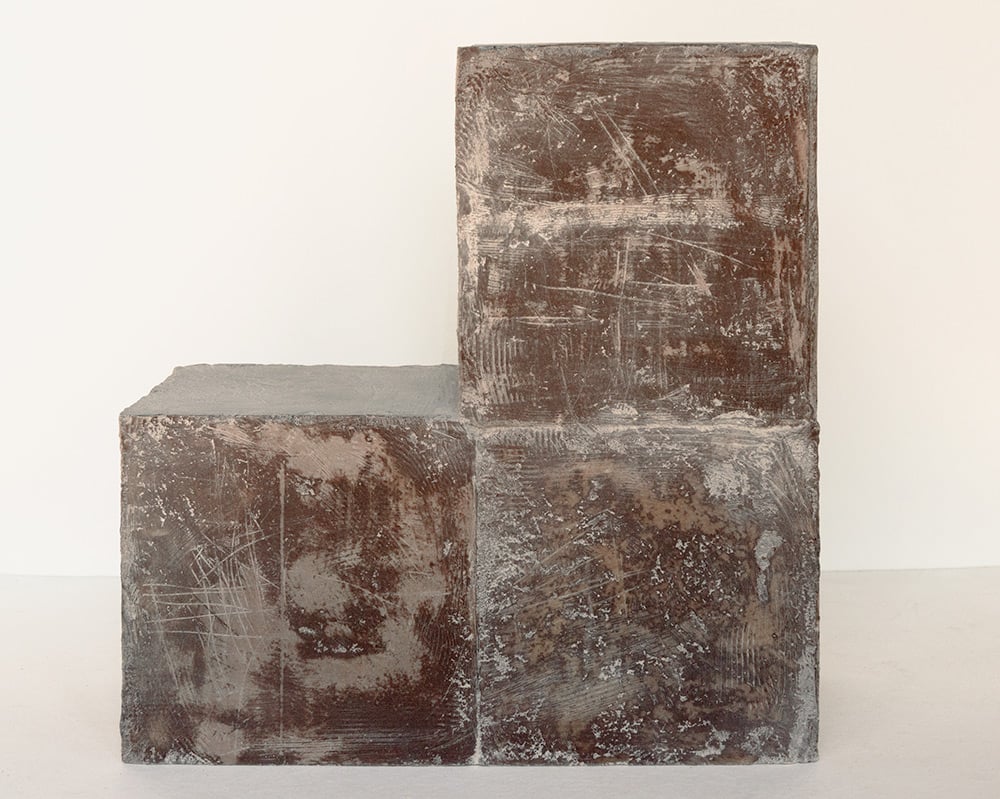
Richard Fleischner, Three Cubes (2014). Courtesy of Helwaser Gallery. © Richard Fleischner.
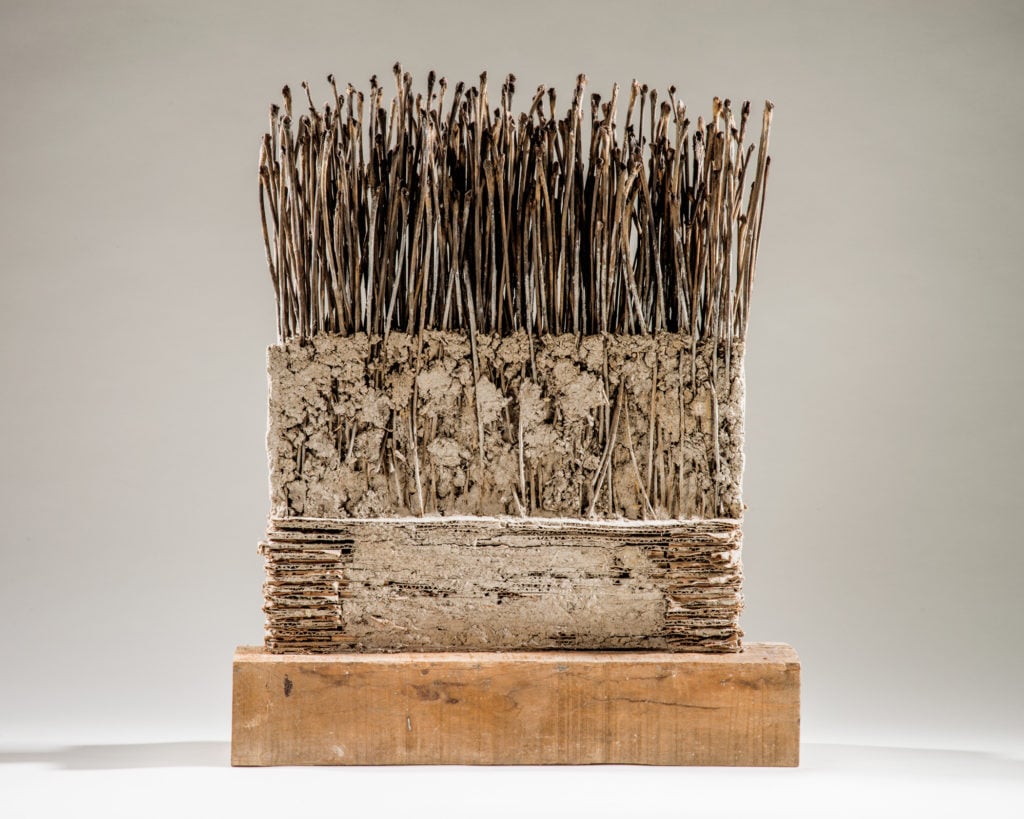
Richard Fleischner, Untitled Construction (2016). Courtesy of Helwaser Gallery. © Richard Fleischner.
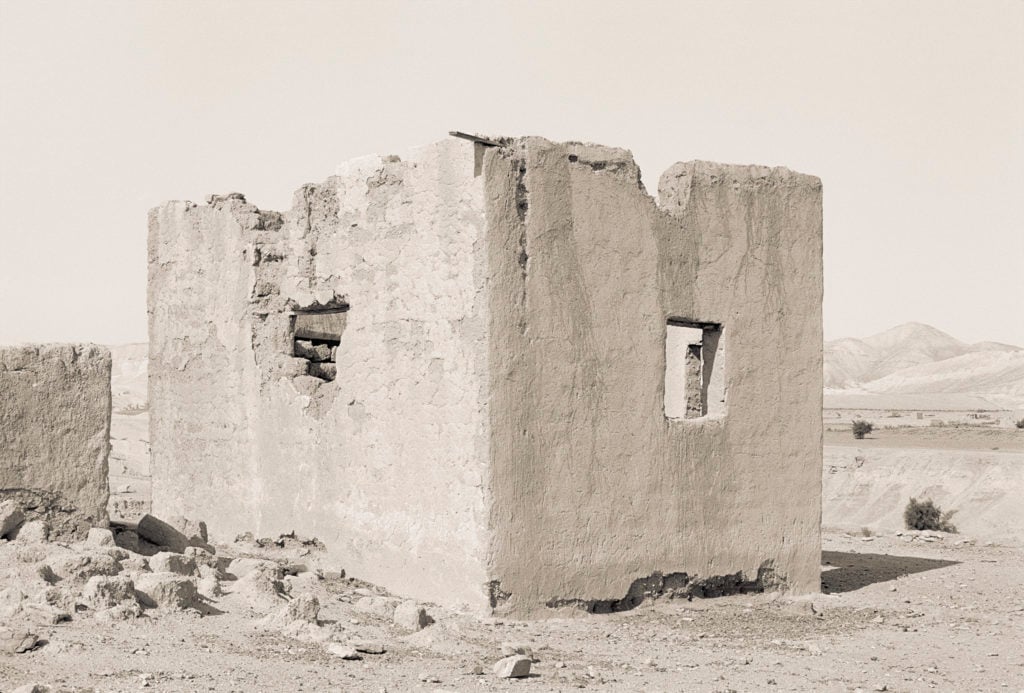
Richard Fleischner, Untitled Palestinian Refugee Camp Photographs (1980). Courtesy of Helwaser Gallery
“Richard Fleischner: Witness Mark” is on view at Helwaser Gallery through April 16.